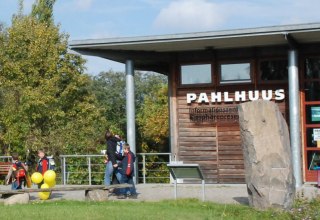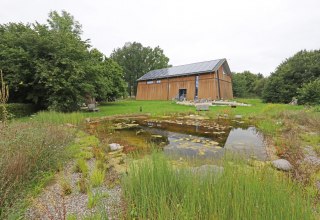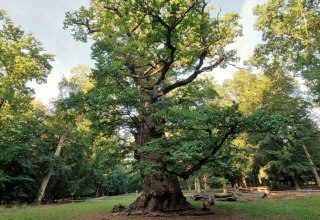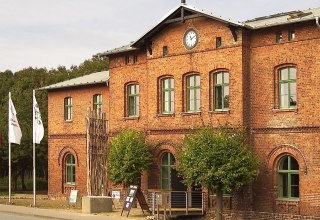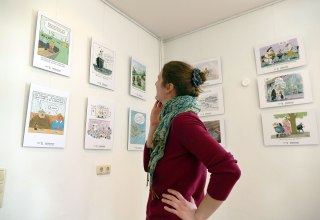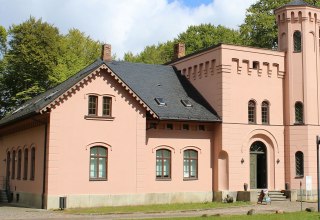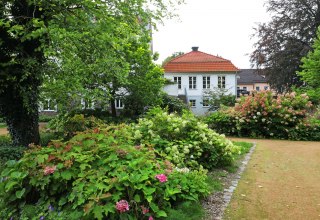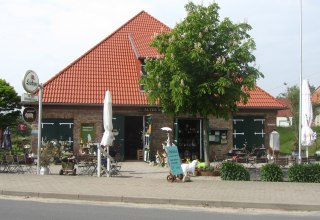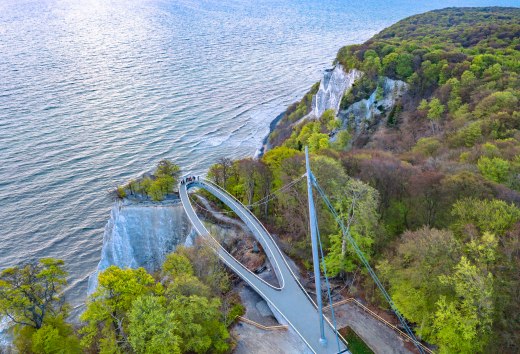In the case of natural landscapes, a distinction is made between national parks, biosphere reserves and nature parks. In the national parks, the motto is "nature - let nature be nature". The three national parks in Mecklenburg-Western Pomerania will celebrate their 30th anniversary in 2020. Biosphere reserves are UNESCO international model regions for sustainable coexistence of nature and man. Nature parks stand for protected and historically grown cultural landscapes with a high recreational value.
In the Mecklenburg Lake District , the Ivenacker oaks were chosen as the Forest of the Year 2020.
Viewpoints in the Mecklenburg Lake District
From up here on the Käflingsberg tower in the Müritz National Park, all you can see as far as the horizon are trees and lakes glistening in the sun. There are a total of 107 lakes in the national park. Rare species such as white-tailed eagles, bitterns and moor frogs have found a refuge in the Müritz. Recommended is the crane rest in spring and autumn, for example at the Rederangsee.
Nature in Mecklenburg-Western Pomerania at the Ivenacker oaks - Forest of the Year 2020.
The new treetop trail at the 1000-year-old Ivenacker oaks is similarly impressive. The ancient trees are the only National Natural Monument in Mecklenburg-Vorpommern, and the forest will be "Forest of the Year" in 2020. At learning stations, the treetop trail immerses visitors in the mysterious world of trees. From the 40-meter-high observation tower, you can look out over the forest and the surrounding lakes.


